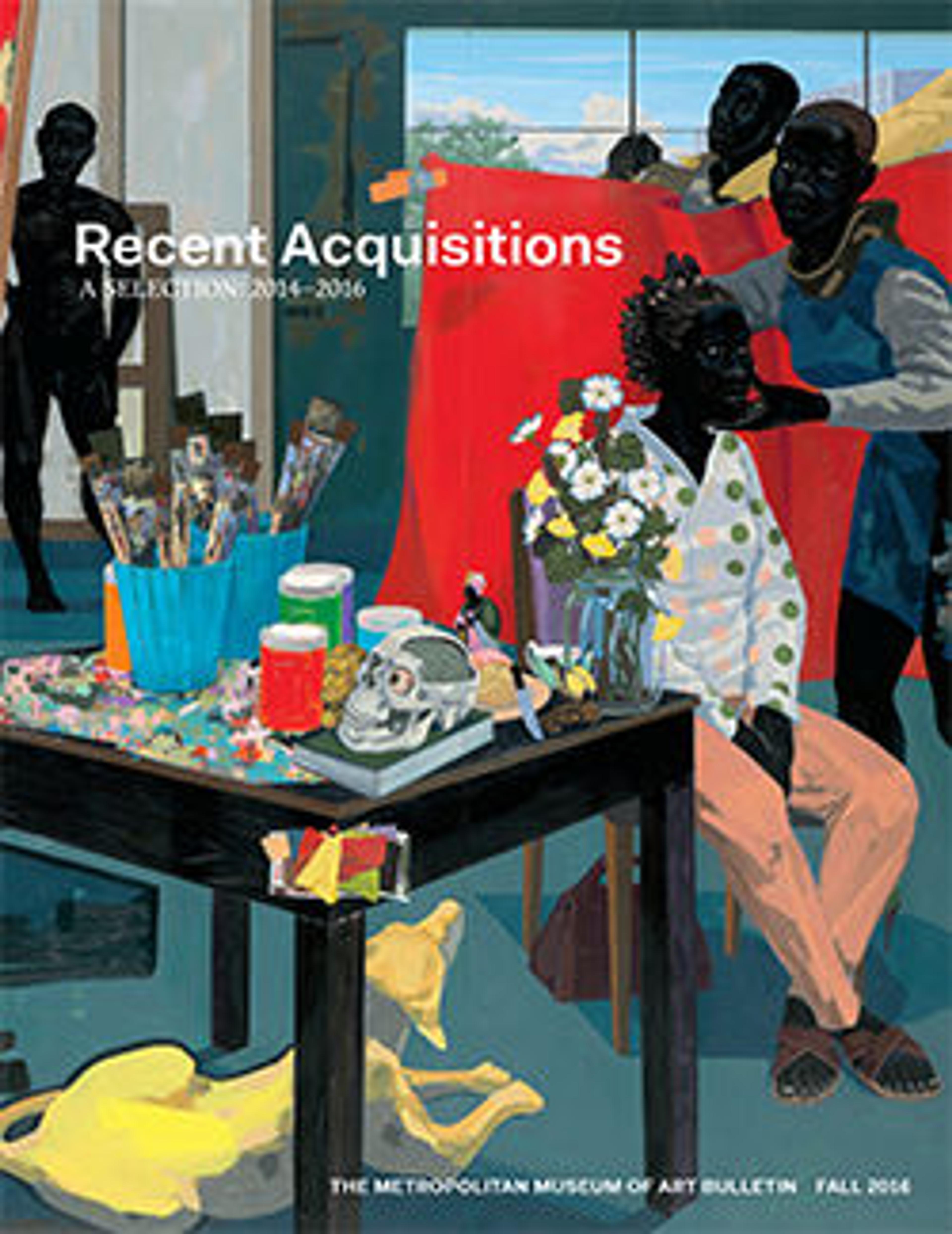Battuti, no. 3972
Between 1932 and 1947, Carlo Scarpa worked closely with Paolo Venini and other master glassblowers to pioneer techniques, silhouettes, and colors that thoroughly modernized the ancient traditions of the glass-making Venetian island Murano. New methods of surface decoration were invented and each vessel is named for the techniques employed in their making, emphasizing the fact that experimentation was crucial to producing such a dazzling array of visual and material effects.
Featuring the cold working technique of battuti, meaning beaten, this piece exhibits surface carving that Scarpa used in the early 1940s as a way to achieve a hammered-silver effect. The cuts are broad, relatively flat, and blanket the entire form. Applied via wheel engraving, the small, irregular parallel scratches mimic the appearance of beaten metal, a strong visual contrast to the fragile materiality of this translucent pastel-colored glass.
Featuring the cold working technique of battuti, meaning beaten, this piece exhibits surface carving that Scarpa used in the early 1940s as a way to achieve a hammered-silver effect. The cuts are broad, relatively flat, and blanket the entire form. Applied via wheel engraving, the small, irregular parallel scratches mimic the appearance of beaten metal, a strong visual contrast to the fragile materiality of this translucent pastel-colored glass.
Artwork Details
- Title:Battuti, no. 3972
- Artist:Carlo Scarpa (Italian, Venice 1906–1978 Sendai, Japan)
- Manufacturer:Venini & Co., Murano, Italy, established 1921
- Date:ca. 1942
- Medium:Glass
- Dimensions:9 5/8 × 5 1/2 in., 3.3 lb. (24.4 × 14 cm, 1.5 kg)
- Classification:Glass
- Credit Line:Gift of Marie-Rose Kahane and David Landau, 2014
- Object Number:2014.208.1
- Curatorial Department: Modern and Contemporary Art
More Artwork
Research Resources
The Met provides unparalleled resources for research and welcomes an international community of students and scholars. The Met's Open Access API is where creators and researchers can connect to the The Met collection. Open Access data and public domain images are available for unrestricted commercial and noncommercial use without permission or fee.
To request images under copyright and other restrictions, please use this Image Request form.
Feedback
We continue to research and examine historical and cultural context for objects in The Met collection. If you have comments or questions about this object record, please contact us using the form below. The Museum looks forward to receiving your comments.
